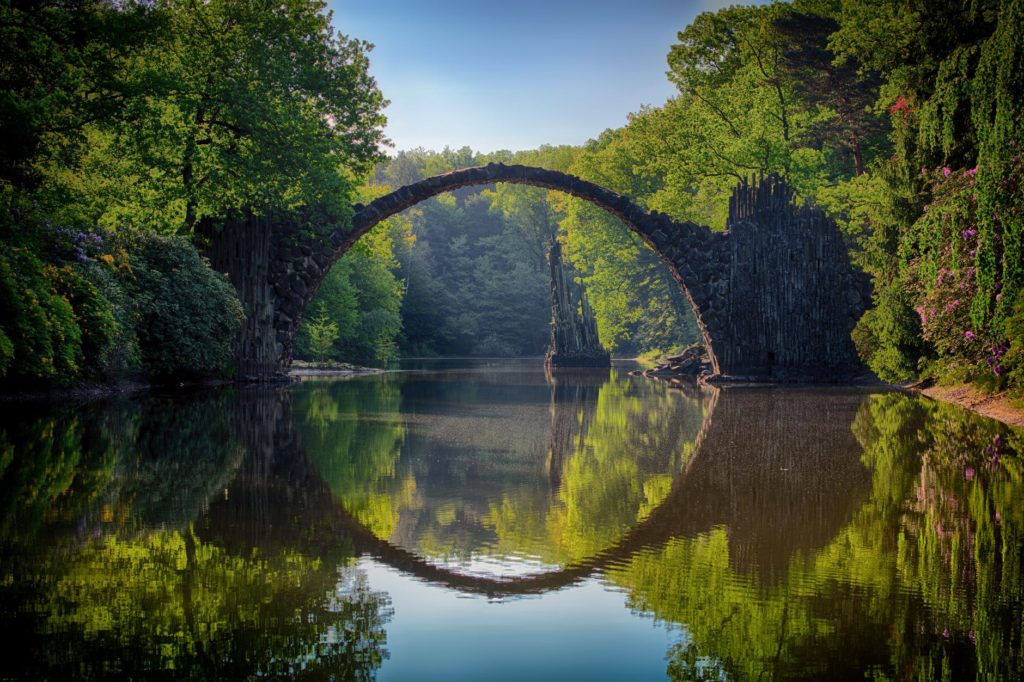Blitz News Digest
Stay updated with the latest trends and insights.
Nature's Canvas: Snapshots That Tell a Story
Discover the art of storytelling through stunning nature snapshots. Join us on a journey where every picture paints a vivid tale!
The Secrets Behind Capturing Nature's Splendor
Capturing the essence of nature's beauty requires more than just a camera; it demands a deep connection with the environment and an understanding of its rhythms. Secrets behind capturing nature's splendor often lie in the photographer's choice of timing, lighting, and composition. For instance, the golden hour—shortly after sunrise or before sunset—provides a magical quality to landscapes, enhancing colors and adding depth. Additionally, knowing your subject, whether it's the intricate details of a flower or the vastness of a mountain range, can significantly elevate your photography. Embrace techniques such as framing and leading lines to guide the viewer's eye, drawing attention to the natural wonders you wish to highlight.
Another essential aspect of successfully showcasing nature is patience and observation. Nature photography is about waiting for the perfect moment, whether it's a bird in flight or the gentle sway of trees in the wind. Experiment with different viewpoints and angles; sometimes, the most breathtaking shots are found in unexpected places. Furthermore, consider maintaining an emotional connection with your subject. This can be achieved by immersing yourself in the scene, appreciating the atmosphere, and allowing that feeling to resonate through your art. Remember, each photograph you take is not just an image but a story—a reflection of the beauty and wonder that our natural world beholds.

How to Compose Stunning Nature Photography That Tells a Story
When it comes to nature photography, composition is key to capturing the essence of your subject and conveying a compelling story. Begin by understanding the rule of thirds, which divides your frame into a 3x3 grid. Positioning your focal points at the intersections of these lines can create a more balanced and engaging image. Additionally, consider incorporating leading lines, such as a winding river or a trail, to draw the viewer's eye into the scene. Experiment with different angles and perspectives to find the one that best encapsulates the emotion and narrative you want to share.
A successful nature photograph should effectively evoke feelings and provoke thoughts. To achieve this, think about the story you want to tell. For example, capturing the life cycle of a plant through a series of images can illustrate resilience and the passage of time. Use natural light to enhance your subject; early morning or late afternoon often provides the most flattering conditions. Finally, don’t forget the power of negative space—allowing empty areas in your composition can enhance the focus on your subject and create a striking visual impact.
What Makes a Great Nature Photograph: Tips from the Experts
Capturing the essence of nature in a photograph requires a unique blend of skill, patience, and an understanding of the environment. According to experienced photographers, one of the key elements is lighting. The golden hours of dawn and dusk provide soft, warm light that enhances colors and textures in landscapes. Additionally, utilizing natural frames such as trees or rocks can help direct the viewer's eye to the subject and add depth to the photograph. Remember to consider the rule of thirds when composing the shot, as it often leads to a more compelling image.
Another crucial aspect of a great nature photograph is storytelling. Each image should evoke emotions and convey a narrative, whether it's the serenity of a quiet forest or the fierce power of crashing waves. Experts suggest focusing on the details—get close to the subject, capture the intricate patterns of leaves, or the delicate wings of a butterfly. Furthermore, being aware of the seasons and how they transform the landscape can provide endless opportunities for stunning nature photography. Embrace these elements to create striking images that resonate with your audience.